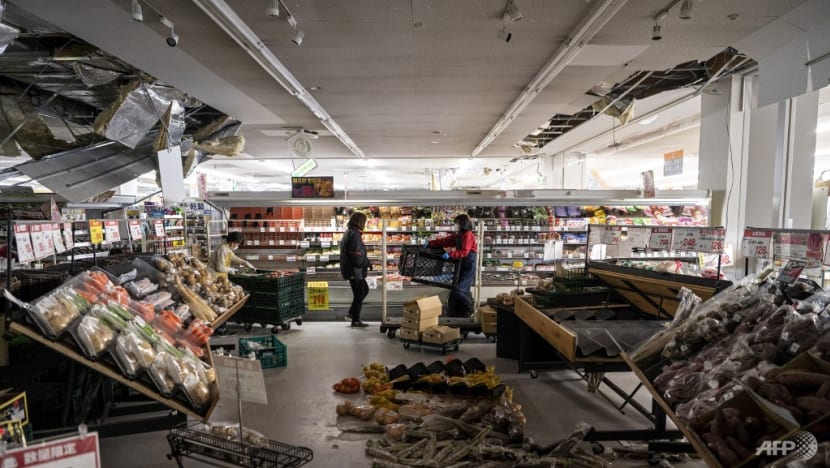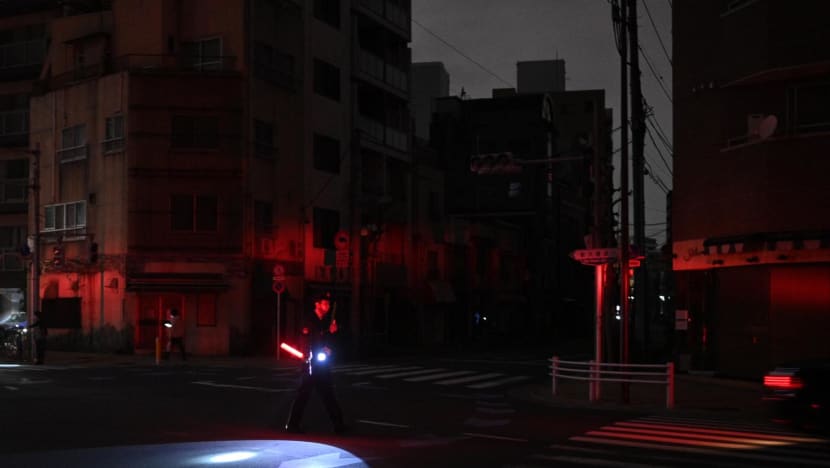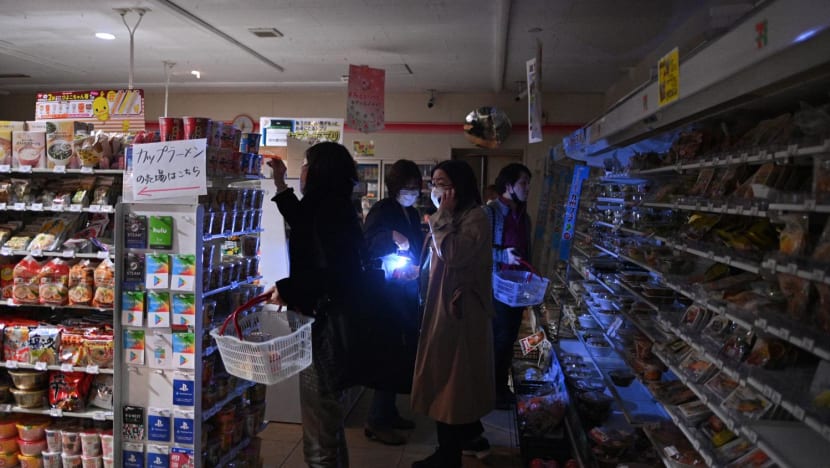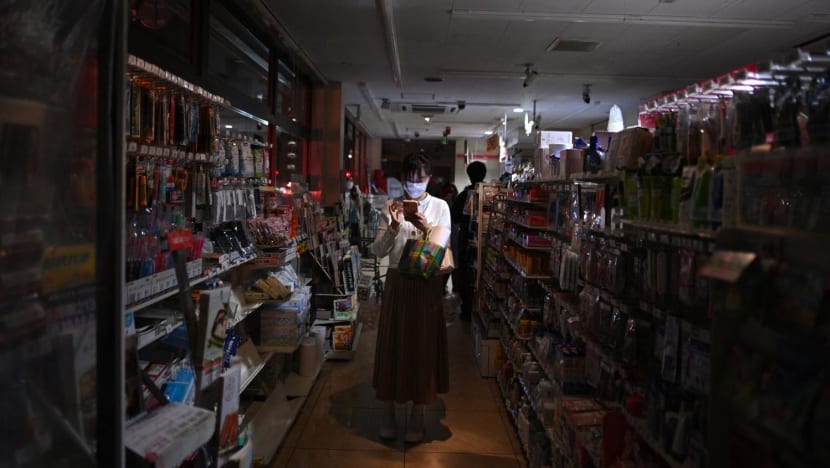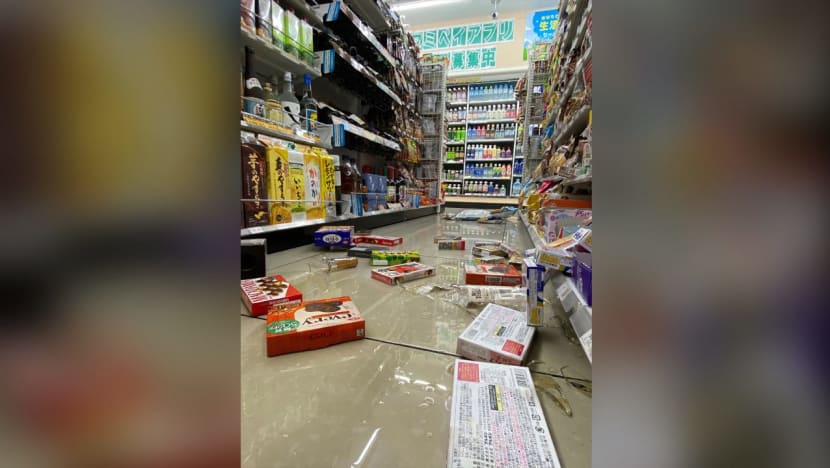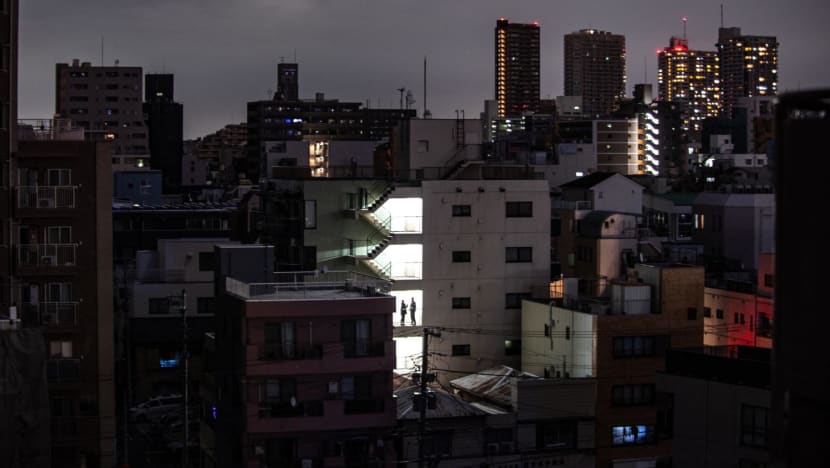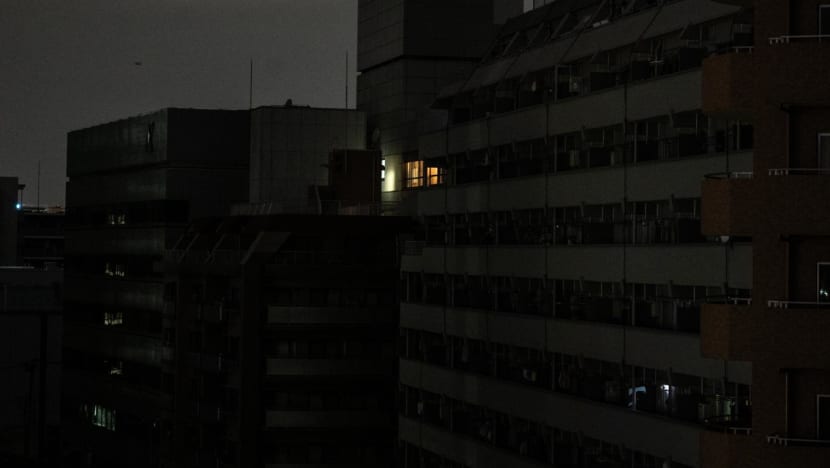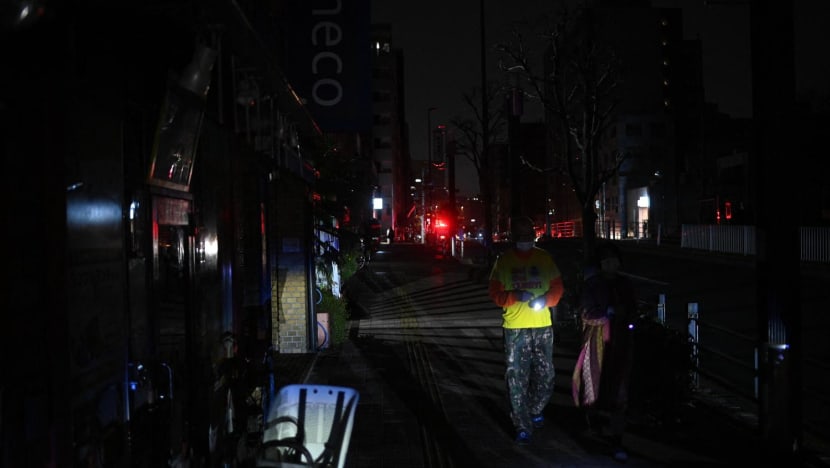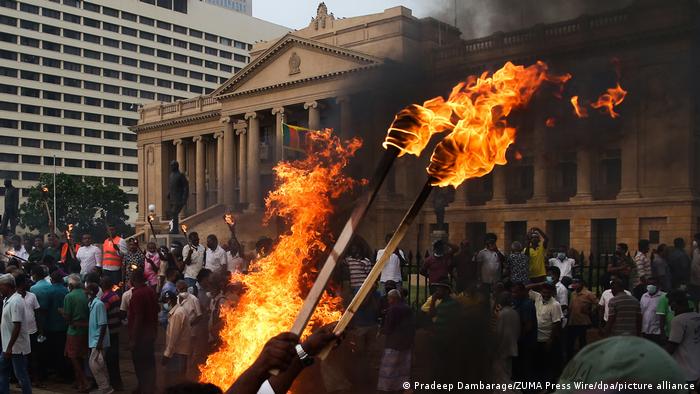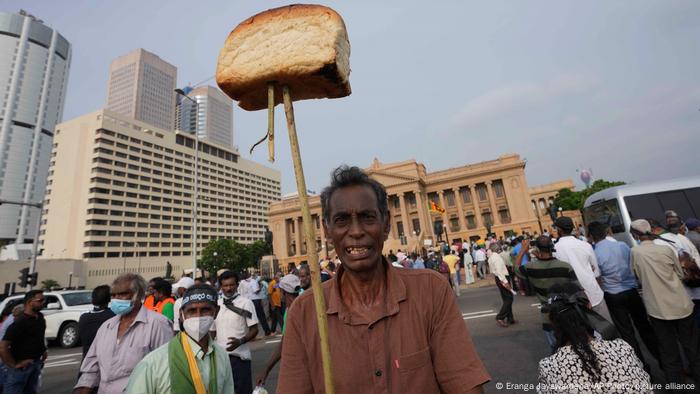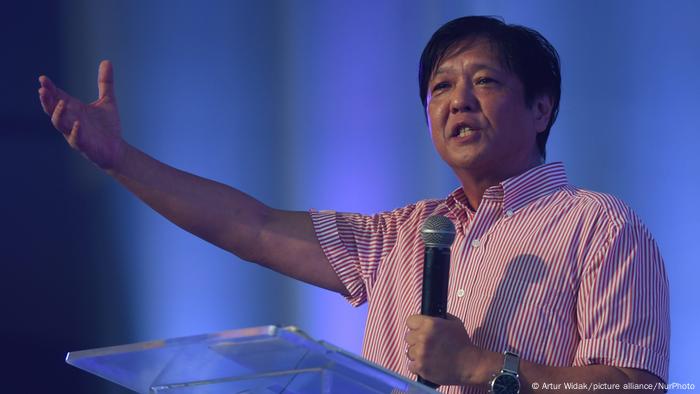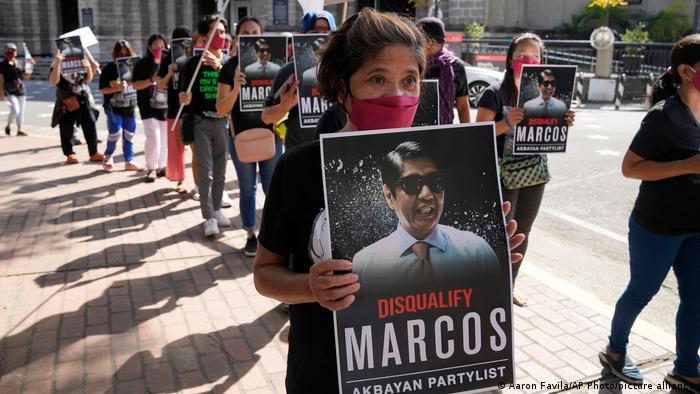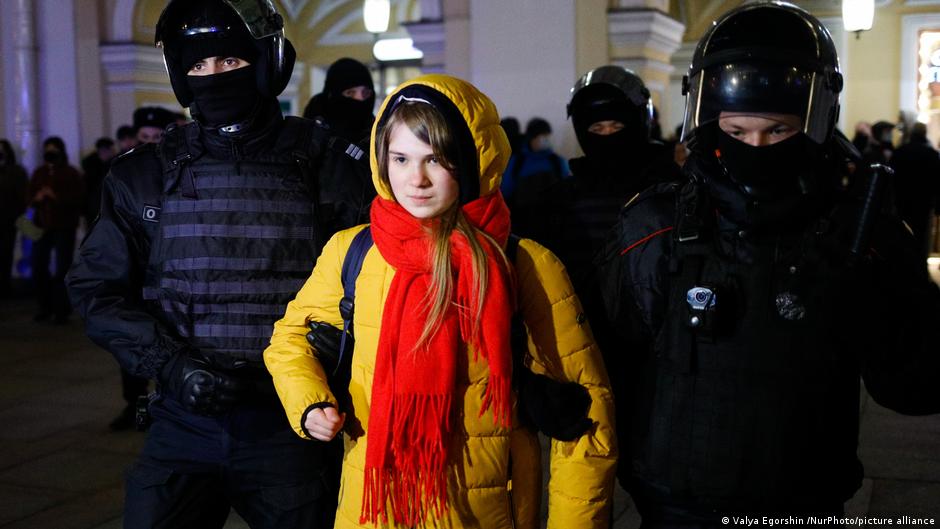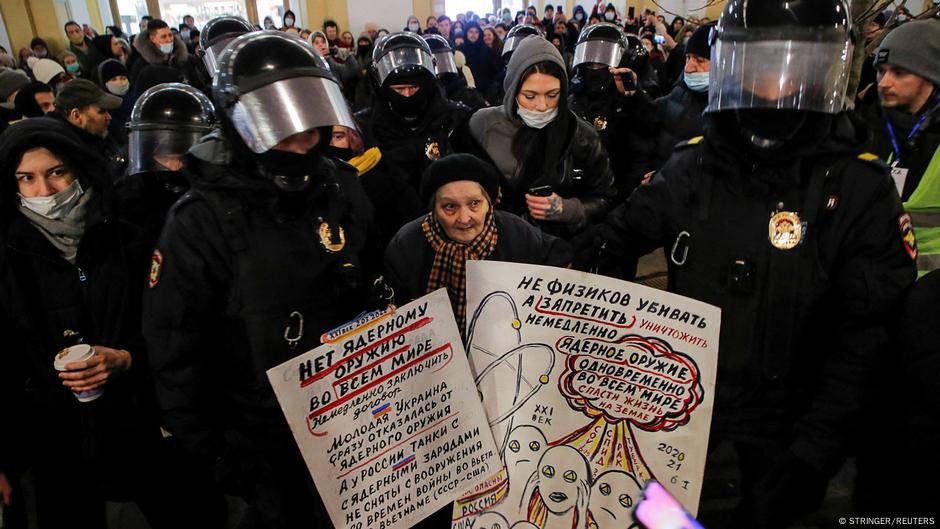A powerful magnitude 7.4 earthquake has jolted Japan's north-east coast off Fukushima late on Wednesday, leaving at least four dead and nearly 100 injured, reviving memories of an earthquake and powerful tsunami that crippled the same region just over a decade earlier.
Key points:
The earthquake struck 57 kilometres off the coast of Honshu island, at a depth of 60km
Japan's Fire and Disaster Management Agency confirmed two deaths and injuries to 94 people
According to Prime Minister Fumio Kishida, there have been no abnormalities at nuclear power plants
Just before midnight, the quake hit off the coast of Fukushima prefecture at a depth of 56 kilometres, the Japan Meteorological Agency said.
Afterwards, there were some reports of fire, the government said.
Prime Minister Fumio Kishida said four people had died and the government would be on high alert for the possibility of further strong tremors over the next two to three days.
The quake severed transport links to the north-east, with Shinkansen bullet train service indefinitely suspended and at least one major highway to the region closed for safety checks.
The quake was felt in the capital, Tokyo, some 275km away, where the shaking of buildings was long and pronounced.
Hundreds of thousands of homes in the capital were plunged into darkness for an hour or more, although power was fully restored by the early hours of Thursday morning.
Early on Thursday, the Japan Meteorological Agency lifted its low-risk advisory for a tsunami along the coasts of Fukushima and Miyagi prefectures.
Some areas reported a rise in the sea level but no serious damage was immediately reported.
The agency upgraded the quake's strength to magnitude-7.4 from its initial magnitude-7.3 and the recalibrated its depth from 60km below the sea to 56km.
This quake comes just a week after the 11th anniversary of the devastating earthquake and tsunami that hit the same area in March 2011.
The 2011 disaster triggered a meltdown at the Daiichi nuclear plant in Fukushima, an incident Japan is still coming to grips with.
Mr Kishida told reporters there had been no abnormalities at the nation's nuclear power plants, although authorities had earlier said a fire alarm had been triggered at a turbine building at the crippled plant.
Separately, a Shinkansen bullet train derailed, with some 100 people on board, although there were no reports of injuries.
Utility Tokyo Electric Power Company said that initially around 2 million households lost power on Wednesday, including 700,000 in the capital.
Tohoku Electric Power said around 36,400 homes were still without power as of 9:00am local time on Thursday, although the firm said it expected most will have supply restored later in the day.
Strong quakes in Japan can disrupt manufacturing, particularly of sensitive electronic components such as semiconductors that are made using precision machinery.
The 2011 quake halted production for three months at a factory owned by Renesas Electronics Corp, which makes nearly a third of all micro controller chips used in cars.
A fire at the facility last year exacerbated a chip shortage that has forced auto companies to curb output.
Renesas said it was checking the condition of three of its plants — Naka, Yonezawa and Takasaki — and would afterwards provide a statement on whether production had been affected.
Meanwhile, Toyota Motor Corp said it had cancelled the day shift at two factories in north-east Japan after workers evacuated the plants during their evening shift on Wednesday.
The automaker said it would decide on the evening shift later.
In an attempt to cover the area affected by the Shinkansen outage, All Nippon Airways said it had added extra flights to the northern city of Sendai.
There were no forecasts of when regular rail service might be restored.
Japan's benchmark Nikkei stock average jumped, with no impact seen from the quake.
